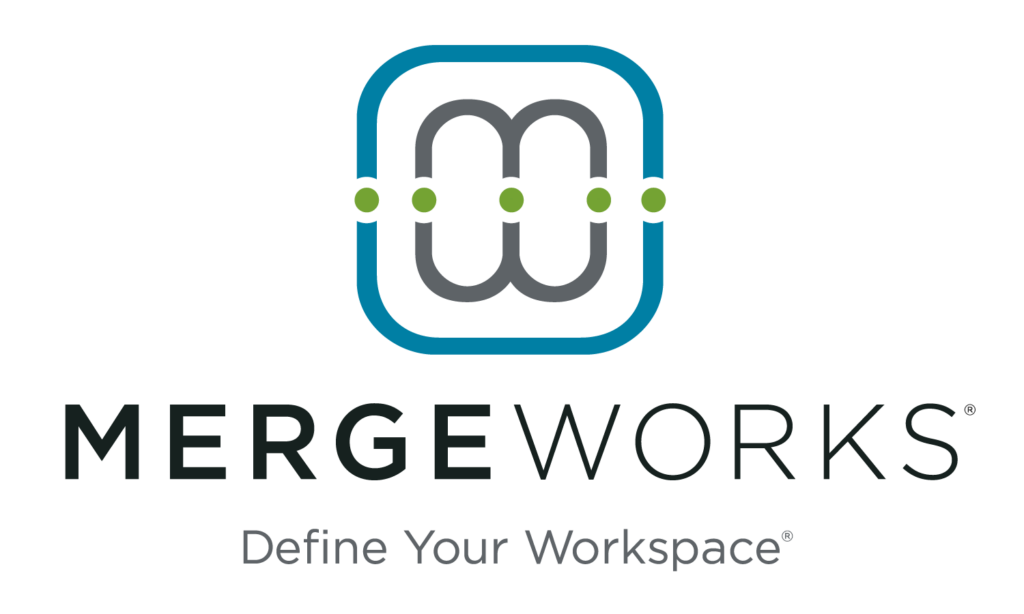Are you an employer who provides paid family and medical leave to your employees? If you are, you may qualify for a new business tax credit through 2019.
To be eligible to claim the credit, an employer must have a written policy that satisfies the following requirements:
- You must cover all qualifying employees, which is all employees who have been employed for a year or more and were paid not more than a specified amount during the preceding year (about $72,000 in 2017 for 2018 tax purposes).
- You must provide at least two weeks of annual paid family and medical leave for each full-time qualifying employee and at least a proportionate amount of leave for each part-time qualifying employee.
- You must pay at least 50 percent of the qualifying employee’s wages while the employee is on leave.
- If you employ qualifying employees who are not covered by the FMLA, your written policy must include language providing “non-interference” protections, as described in this notice.
According to the IRS, the types of leave eligible under the new rule include:
- Birth of an employee’s child and to care for the child.
- Placement of a child with the employee for adoption or foster care.
- Care for the employee’s spouse, child or parent who has a serious health condition.
- A serious health condition that makes the employee unable to do the functions of their position.
- Any qualifying need due to an employee’s spouse, child or parent being on covered active duty in the Armed Forces including notification of an impending call or order to covered active duty.
- To care for a service member who’s the employee’s spouse, child, parent or next of kin.
As the IRS explains, as long as your business enacted a qualifying paid family leave program or amended an existing program by Dec. 31, 2018, you’re eligible to retroactively claim the employer credit for the entire 2018 tax year. For 2019, however, the credit can only be claimed as of the date the qualifying policy goes into effect. Currently, the tax credit is set to expire at the end of 2019.
The maximum credit that can be taken is 25% of wages paid for which leave is taken, but it requires careful calculation and thoughtful balancing of other general business credits to reach that amount. The IRS offers a FAQ sheet for additional guidance. To determine how the new tax credit might help your business, feel free to contact us.















